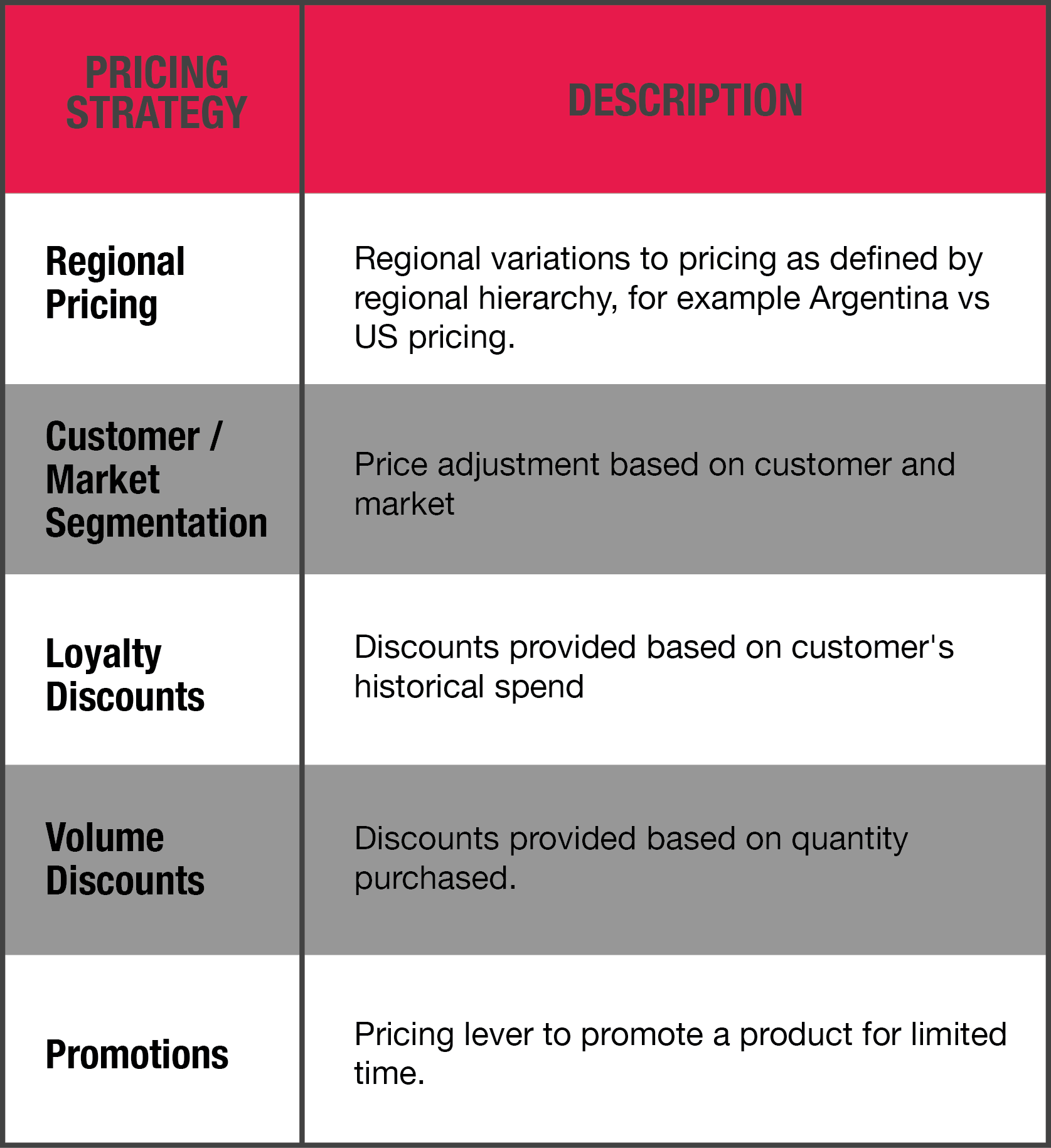
However, CBPs can be inherently complex and demanding on instructors, impeding adoption and sustained use. As an additional outcome, they provide value for multiple stakeholders including the client, business community, university, and the instructor.

Learning both inside and outside the classroom.īusiness scholars agree that well-constructed experiential learning and specifically client-based projects (CBPs) provide an opportunity for students to apply concepts they learn to solve particular problems. To reflect student development by giving first year students a chance to apply their This article is an exploration of an applied learning assignment’s ability Should comprehend they are mentally changing as well as experiencing a newĮnvironment. Clark suggests transitioning first year students Or psychological ideas such as taking responsibility for managing one’s time. Not only what happens inside the classroom such as learning, but also practical Successful by focusing on their development. First year seminars are designed to assist students towards being Growth of well-informed, creative, literate members of society” (University College,Ģ016a, para. “reflects a commitment to ethical and intellectual development and to promoting the Succeed in college: the first year seminar, shortened to UNI 101. At UNCW, one course in particular explores this idea of what it takes to

Some claim it lies solely withĪcademic pursuit or motivation while others believe more in student and identityĭevelopment. The magic formula for student success and retention.

They offer workbench-level insights and practices drawn from their own experiences that instructors can put into practice immediately.Īt colleges and universities, Student Affairs and Academic Affairs are in pursuit of They address, for example, ways to customize CBPs to fit within specific course and professor time constraints, tips to manage the client relationship and students’ expectations, and strategies to streamline the feedback process. Their principles come directly “from the trenches” of their own experiences in planning and managing client-based projects across multiple courses. The authors discuss five principles they have developed for creating and implementing workable client projects. This article is designed to help marketing educators overcome such apprehensions and provide them with concrete tools to simplify CBPs and make them easier to manage. Despite the wide-ranging benefits of using client-based projects (CBPs) in the classroom, such projects can be overwhelming for instructors, and many shy away from the considerable workload and time commitment often required by CBPs.


 0 kommentar(er)
0 kommentar(er)
